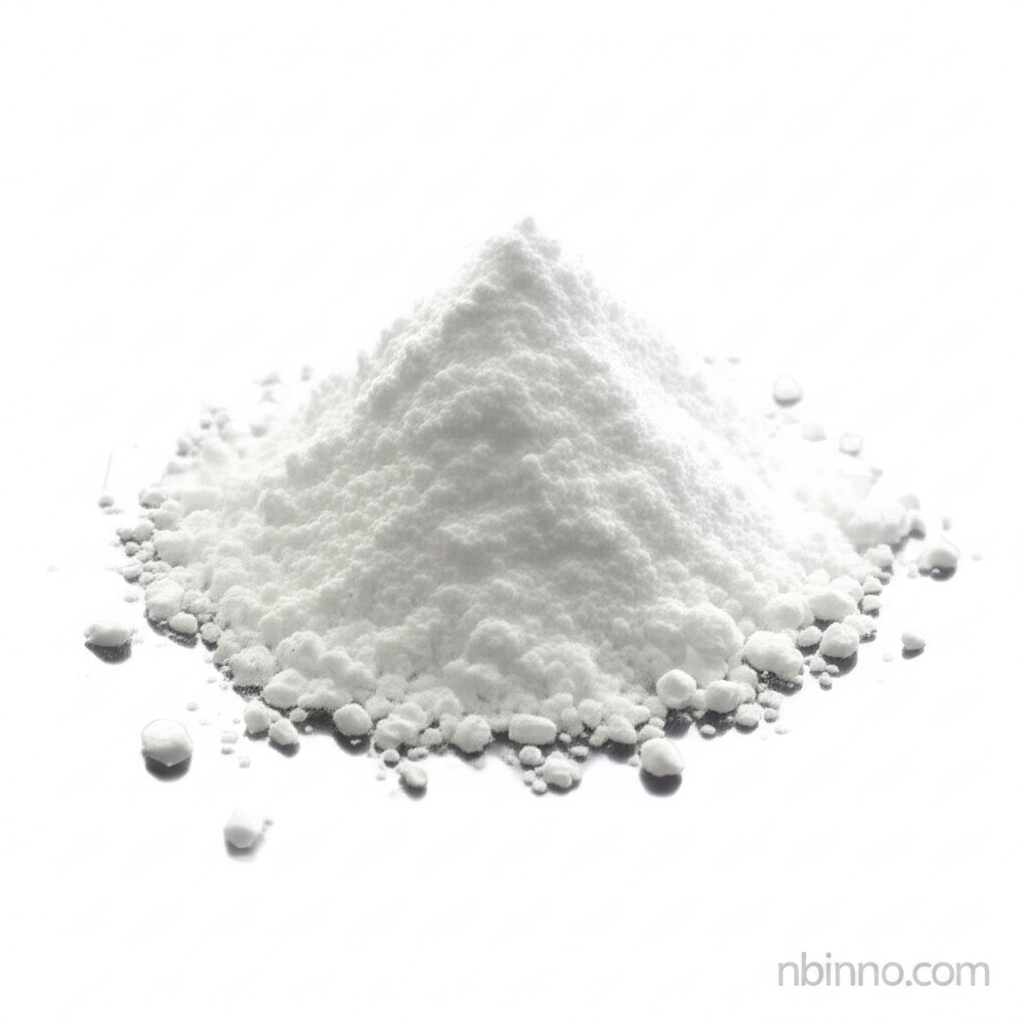Magnesium Fluoride (MgF2): Properties, Applications, and Advantages in Optics and Beyond
Discover the exceptional optical properties, durability, and wide-ranging applications of Magnesium Fluoride (MgF2), a key material in advanced optical systems and industrial processes.
Get a Quote & SampleProduct Core Value

Magnesium Fluoride Window
As a reliable supplier in China, we offer Magnesium Fluoride (MgF2) windows, a critical inorganic compound valued for its outstanding optical characteristics. It provides excellent transparency from deep ultraviolet (UV) to the infrared (IR) spectrum, making it indispensable for advanced optical applications. Our commitment ensures high purity and consistent quality for your critical projects.
- Leveraging magnesium fluoride's superior optical properties, we provide materials crucial for high-performance applications, including its use in anti-reflective coatings that enhance light transmission and image clarity.
- The material's impressive durability and chemical stability make it ideal for demanding environments, ensuring longevity and reliability in your optical components, a key aspect for our clients seeking resilient solutions.
- With its low refractive index, MgF2 is fundamental in designing high-quality optical elements, minimizing aberrations and maximizing light throughput, a benefit vital for precise scientific instruments.
- Our Magnesium Fluoride windows exhibit exceptional resistance to thermal and mechanical shock, proving suitable for applications exposed to rigorous conditions, ensuring performance where others fail.
Advantages Provided by the Product
Exceptional Spectral Transmission
Experience superior light transmission across an extensive wavelength range, from deep UV (as low as 120 nm) through the visible spectrum and into the mid-IR. This broad spectral coverage is vital for versatile applications in spectroscopy and advanced imaging.
Enhanced Durability and Stability
Magnesium Fluoride stands out for its robustness, offering remarkable resistance to mechanical and thermal shock, as well as laser damage and chemical etching. This makes it a preferred choice for applications in harsh or demanding environments, ensuring product longevity.
Optimized Optical Performance
The material's low refractive index minimizes chromatic aberration and reflection losses, contributing to improved optical efficiency and image quality. This characteristic is crucial for precision optics used in scientific research and high-tech industries.
Key Applications
UV Optics and Spectroscopy
Its superior UV transparency makes Magnesium Fluoride essential for UV optics, fluorescence spectroscopy, and ultraviolet imaging systems, supporting critical scientific analysis.
Excimer Laser Components
The high laser damage threshold and low optical absorption of MgF2 make it ideal for windows and lenses in excimer laser systems, vital for industrial and scientific laser applications.
Optical Coatings
Used extensively in anti-reflective coatings, Magnesium Fluoride enhances light transmission and reduces glare on lenses and mirrors, improving the performance of cameras, telescopes, and other optical devices.
General Optical Systems
Its combination of transparency, durability, and stability makes it suitable for a wide array of optical components, including windows, lenses, and prisms in various scientific and industrial applications.
